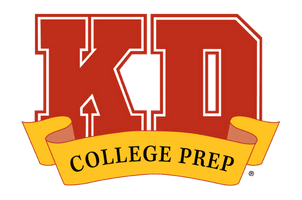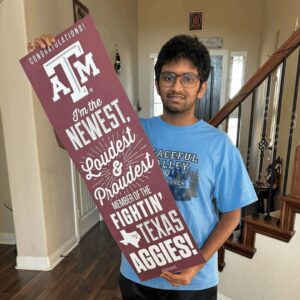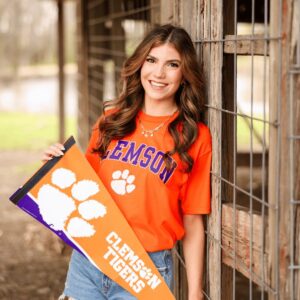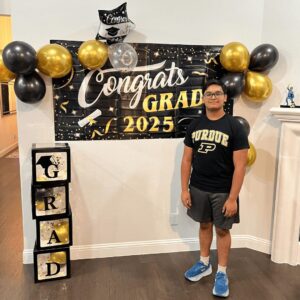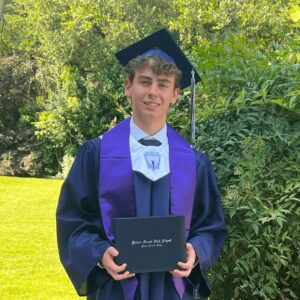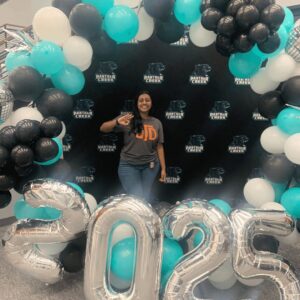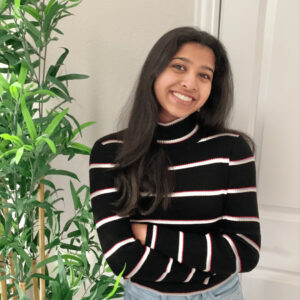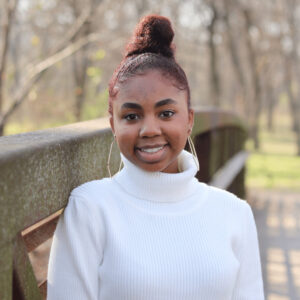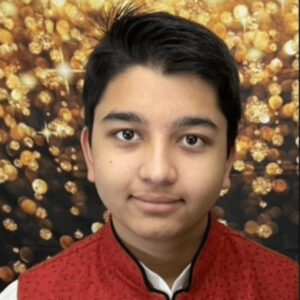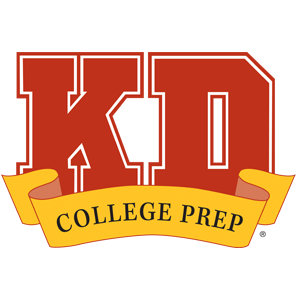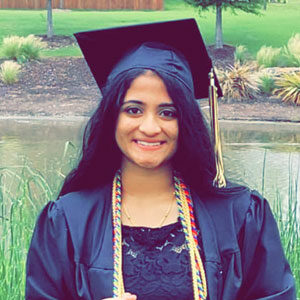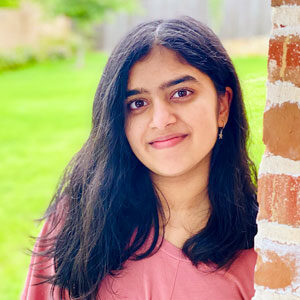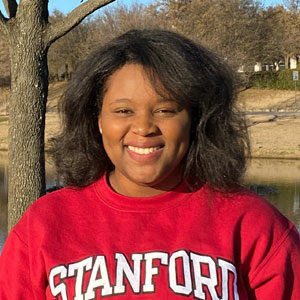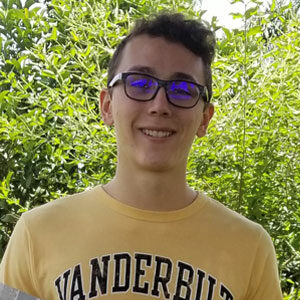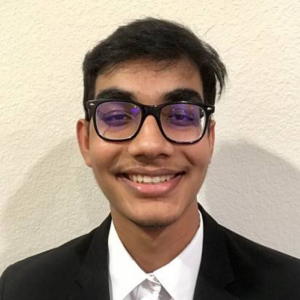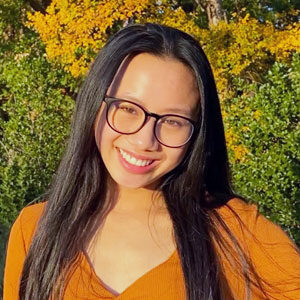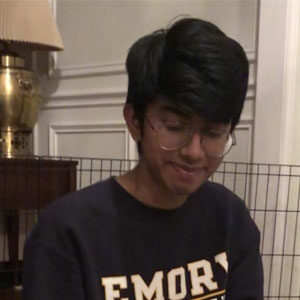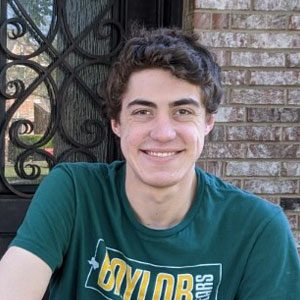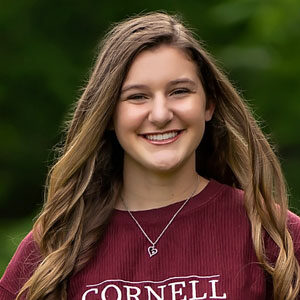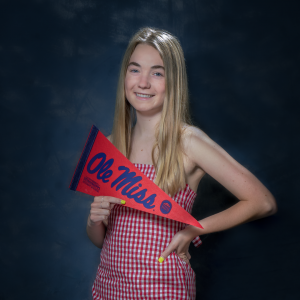In today’s confusing college admissions landscape, students feel unsure about using AI to assist them with their applications. Kimberly Gibson-Tran, a KD advisor and essay expert, specializes in guiding students through the brainstorming, writing, and revision process. Here, she breaks down her thoughts on why students should think twice about relying on AI to develop their personal statements.
An Essay Editor’s Thoughts on Using AI To Tell Your Story
Just last week a student I coach and care about turned in his Common App personal statement for my review. The essay was, essentially, perfect. It hooked energetically into his story, engaged elegantly with dialogue and imagistic details. It even came full-circle to deliver a polished metaphor. What was the problem? I knew he hadn’t written it. I knew he didn’t speak or even write with that kind of syntax and vocabulary. I gently asked if he’d had any help with it, and he admitted to getting AI assistance.
As a writer and avid reader, generative AI depresses me. What at first looked like a tool that might democratize editing and abolish the burden of proofreading has turned into everything its detractors have railed against—it’s seriously harmed the practice of putting thoughts into words and making personal choices to arrange those words into the best expressive sequence. It’s made cheating the easiest thing to do.
Generative AI passes the Turing test for me. I can no longer look at an AI-generated text and be sure a person didn’t write it. But, in my training as a writer and my work as a test and college prep advisor, what I know is that polished, punchy, creative prose with expressive word choices takes a lot of time to achieve. Writing is an art. And knowledge of vocabulary comes from experience—from engagement with difficult texts, from criticism teachers and mentors level at your work. So when I see a perfect, geniusly-structured essay from a 12th grader, all I have to do is flash back to the memories of my own abysmal writing from that era to feel doubts about the work’s authenticity.
Is that so wrong? If new tools can make kids write better than they ever could on their own, what’s the loss? Isn’t generative AI the linguistic equivalent of a calculator? Do I seriously need to “show my work” anymore? Sit down and listen. Here’s how I know my student’s AI-assisted writing failed him. When I arrived to my office the next day, I had several panicked emails from my student asking me if his essay really was okay, if it was missing something, if it was the wrong kind of essay. In other words, he couldn’t even tell that it was good, that it was flawless.
What is the point of communicating well if you don’t even know what you’re saying?
I spent several years during and after graduate school teaching writing. I’ve taught ESL students, dual credit high schoolers, and college freshmen. I’ll be honest, most of it was brutally punishing work. It was a special sort of cruelty for me, a lover of literature, to be saddled with some of the worst writing imaginable, to have to take it home and mark it up, to check that it wasn’t plagiarized. What you really learn, as a writing teacher, is that good writing isn’t about semicolons, em-dashes, and perfect grammar. Those are just the trappings of fine writing. The real job of a writing teacher is to show students how to engage in criticism—criticism of the self and criticism of communicated ideas. I remember, after a semester in which I harped on getting students to recognize logical fallacies, my evaluations were full of lines like “She actually taught us something.”
The problem is that writing is a special kind of hard. It’s a pain. And it takes a strong reader and critic to tell you why your ideas are failing. It takes someone you can trust—a human with an identity and history, using his or her own uniquely acquired LLM (large language model) and personal knowledge of your voice, to help you know you’re expressing what you want to express.
The work I do now involves working in small groups or one-on-one with students as they draft their personal statements and supplemental essays on college applications. This is some of my favorite work. I used to have to grade dry, weakly researched papers that students never wanted to write. Now I get the gift of talking with students face-to-face about how it feels to read words they’ve written about themselves—words that have a purpose, words that communicate their academic dreams.
My own college experience was personally and intellectually transformational, and I want that for the students I work with. I want their worlds to open to the universe, for them to taste the fruits of fledgling independence, the painful expansion that comes from wrapping a mind around difficult theories and arguments. I relish the chance to read their reflections on their brief lives at this unique moment in time, this threshold. And for many students, the experience of working with me, of watching me react in real time to their lines and word choices, is a rare hour in which someone has actually taken their words and intentions seriously. But all of this means nothing if students don’t make these choices.
I did answer my student’s email. I told him the truth—that I was disappointed, that when I wanted to read about his life in his words what I got was an amalgamation of something else, something that rang hollow in its own perfection. And I told him that admissions offices—full of liberal arts and humanities majors—would be able to glance at his essay and verbal SAT score and suspect what I knew to be true.
Even now as I put the finishing touches on this strange personal statement, Word and Grammarly have stricken my sentences with red and blue lines, urging me to make my words and clauses follow the pattern of what is most predictable, to give in to options based on what is essentially the plagiarized processing of other writers’ words. I refuse. I eschew. I think about what it feels like to read poems, to be able to infer about writers’ lives through their word play. I think about the seeming impossibility of the blank page, the scary white of it, the adventure of placing my emotions into this marvel we call language, the fervent stretch for that word in the back of my brain, that word I know I’ve learned.
